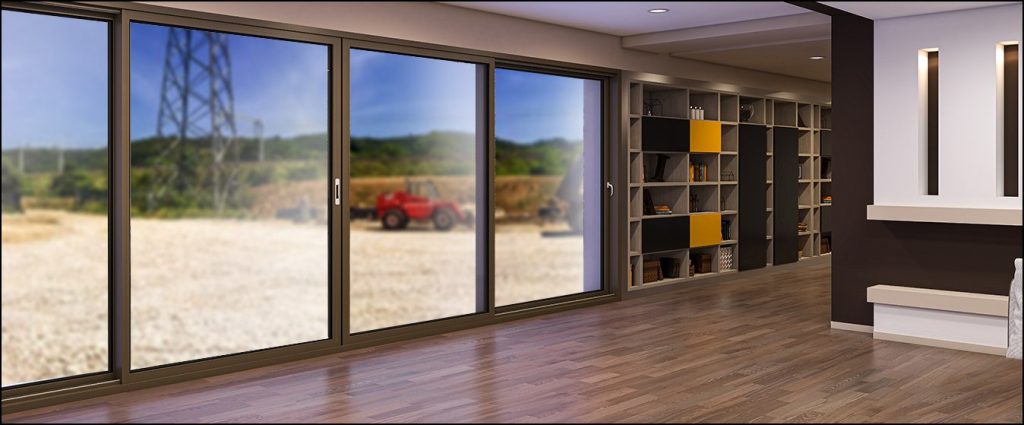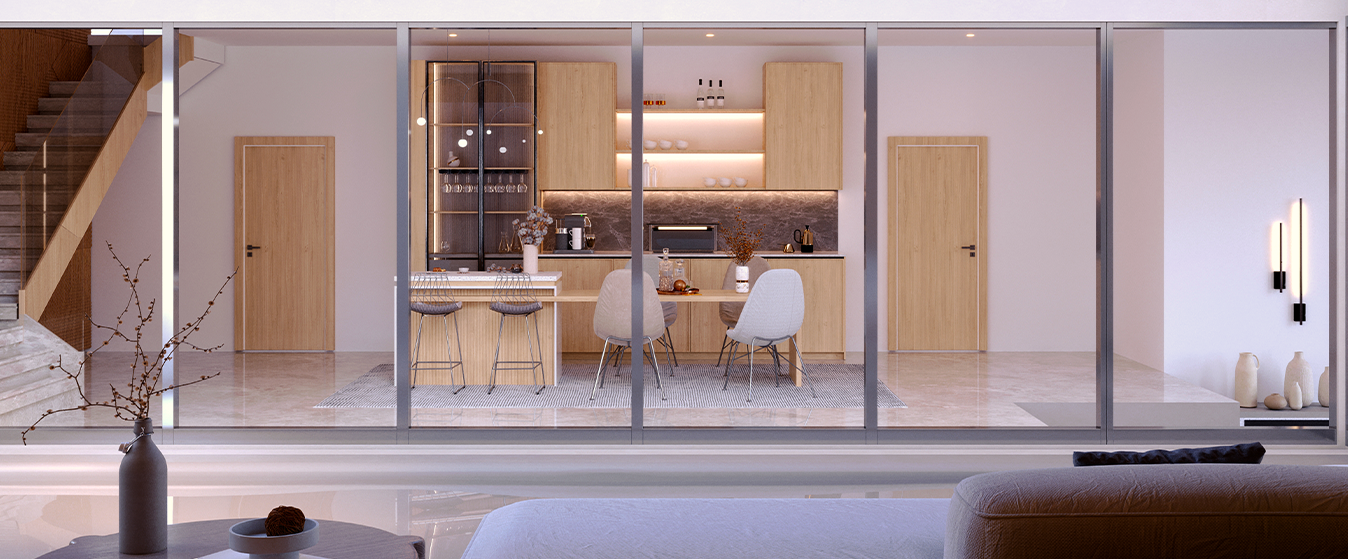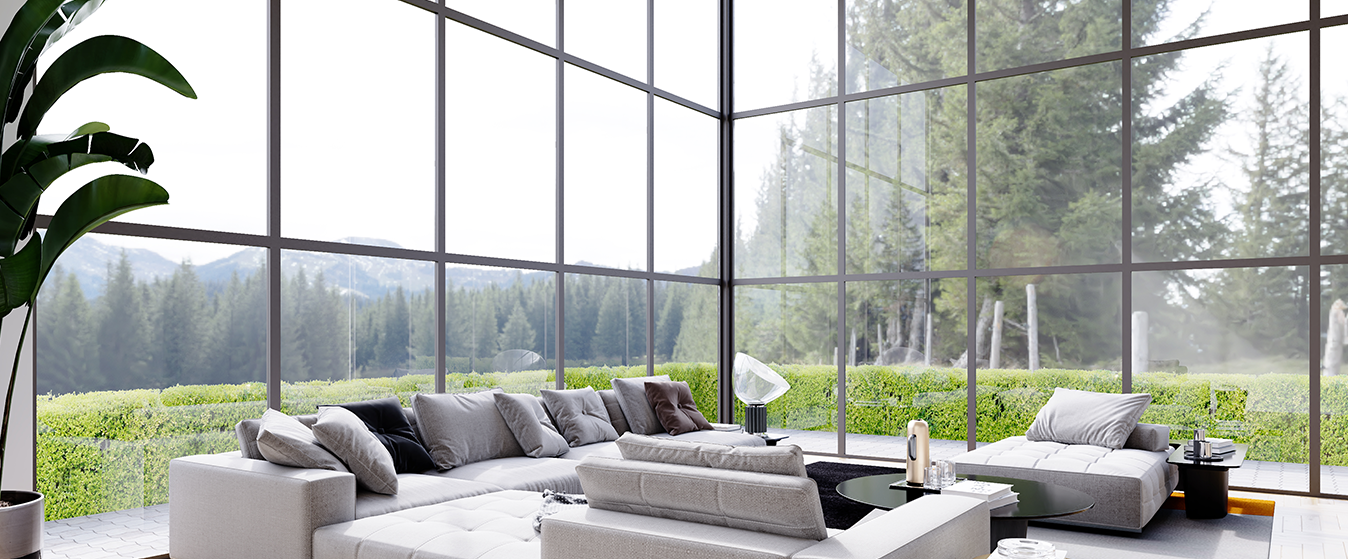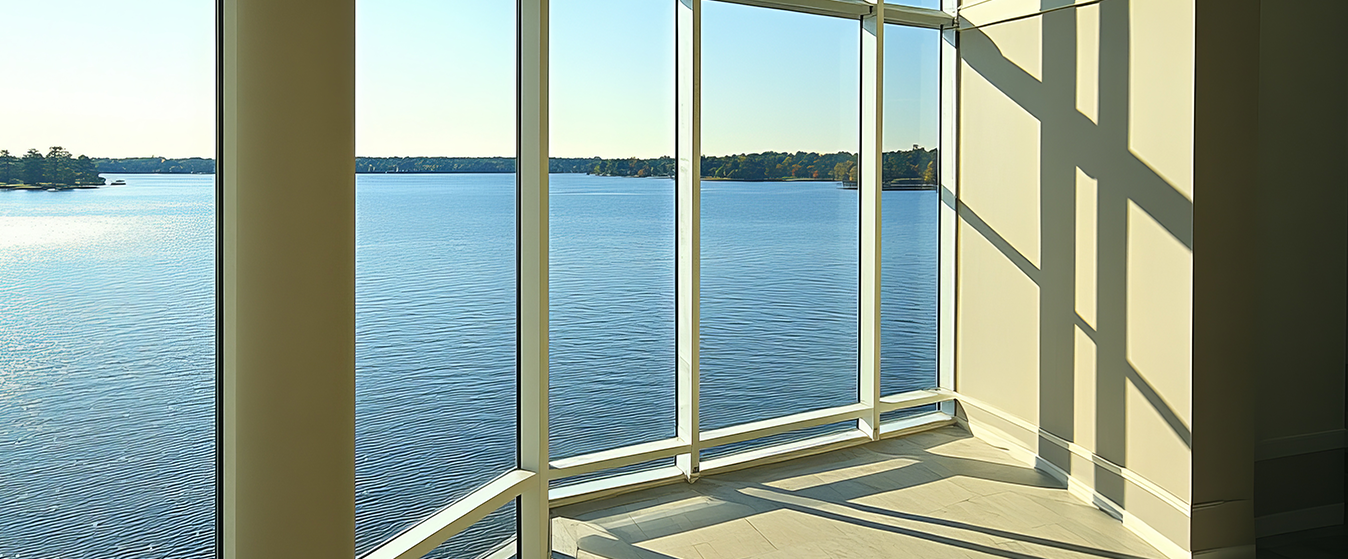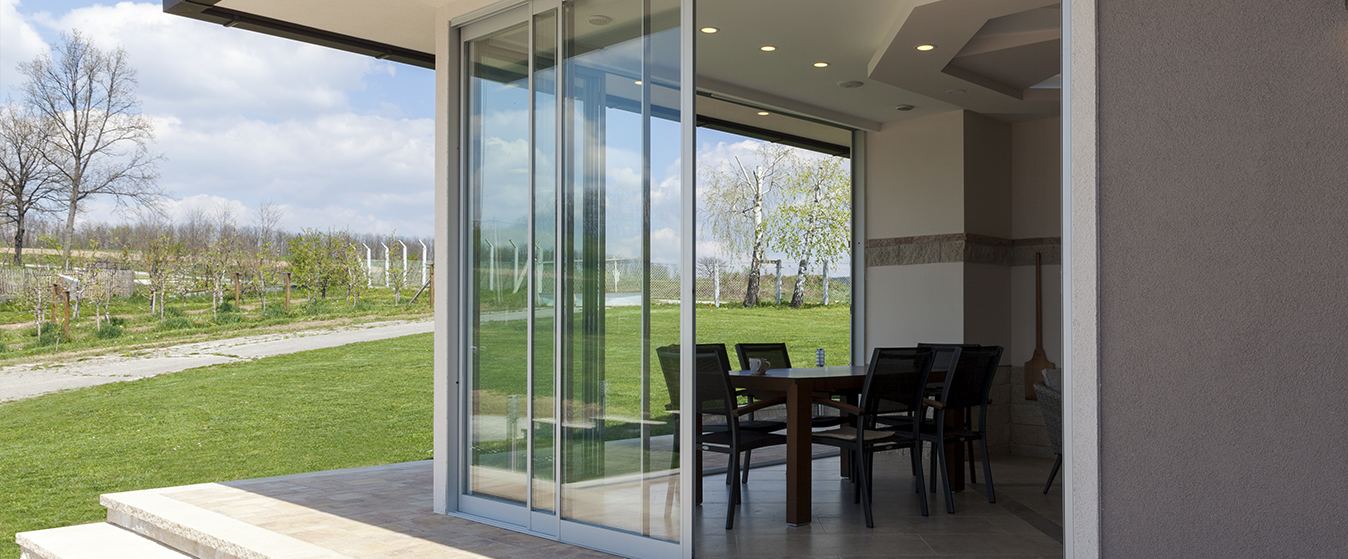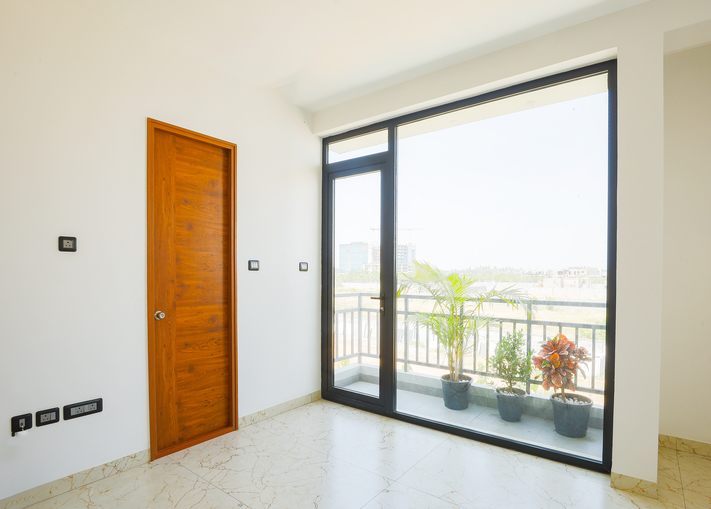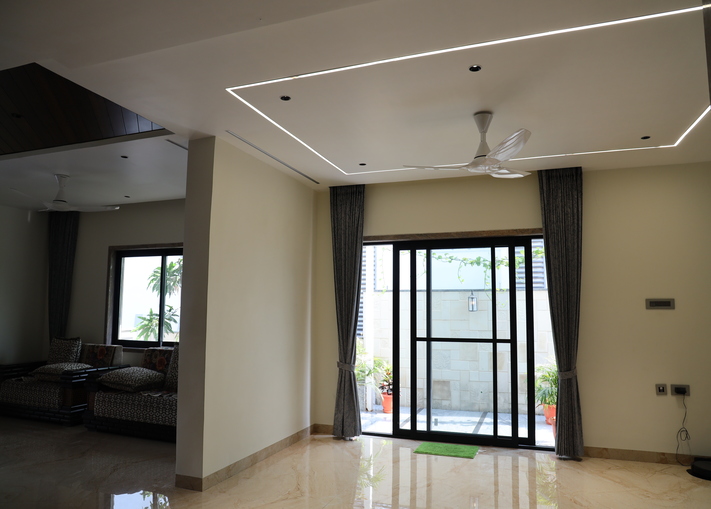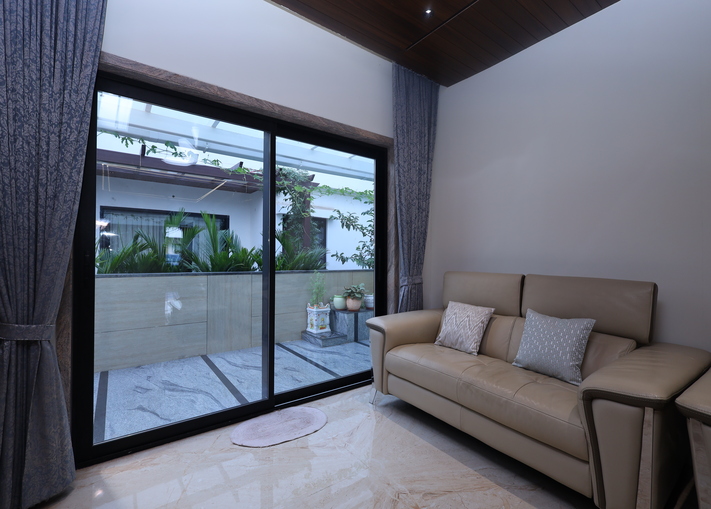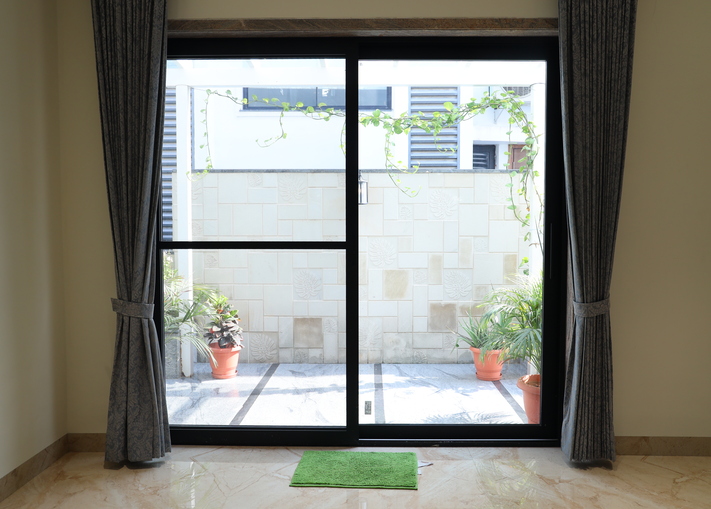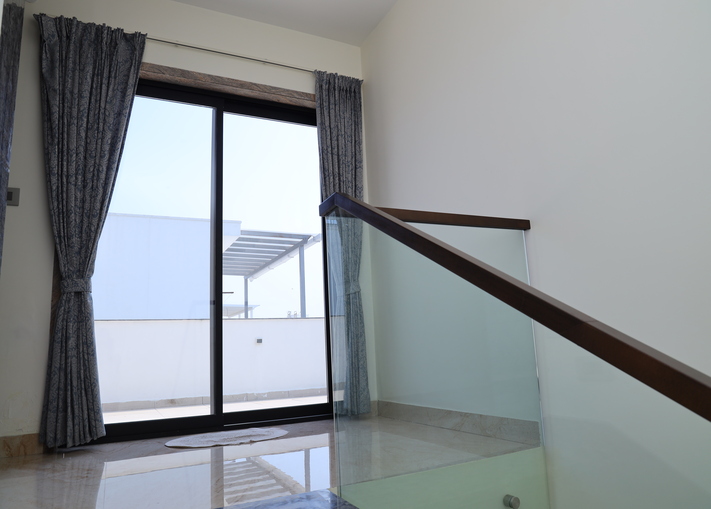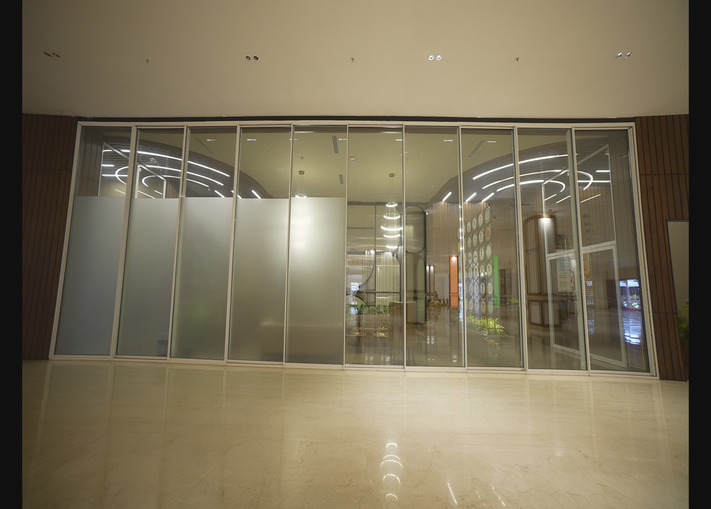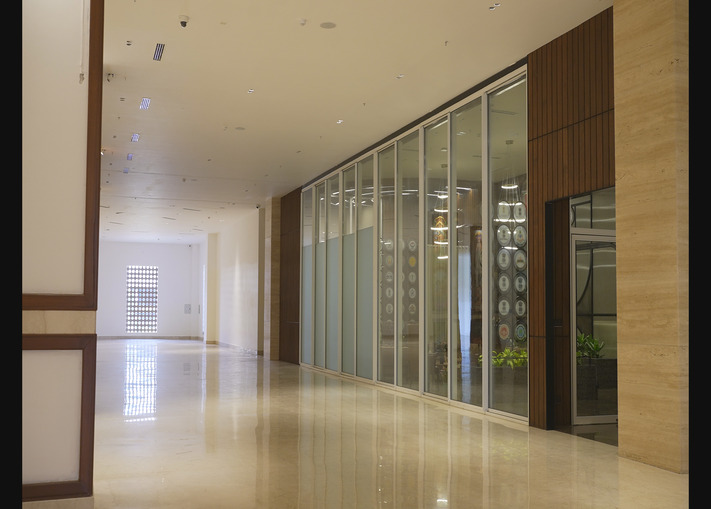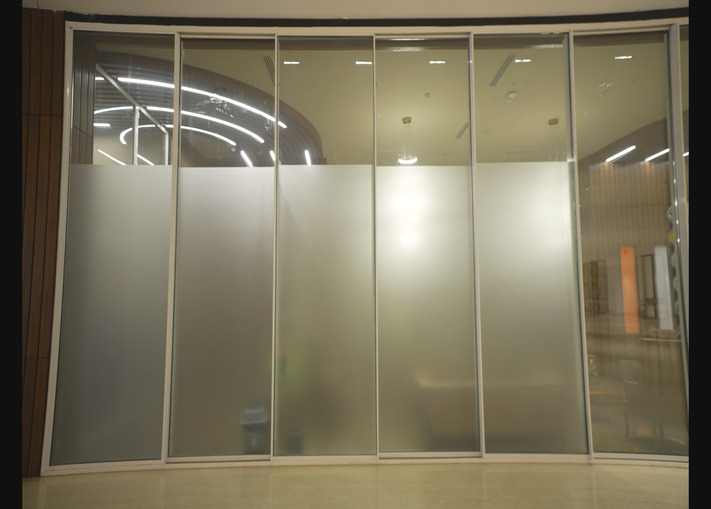The Most Effective Noise Reduction Solution
January 31, 2022
There is growing evidence about the social, and economic impact of noise pollution. What is even more distressing is most people are unable to make the connection between noise and dis-ease. This is despite the fact that our cities are becoming increasingly more polluted with noise. Yet, more and more people are choosing to live and work in big cities, adversely compromising their health.
As per a WHO report, “the average outdoor residential day-night noise levels should be below 55dB and the acceptable average indoor sound levels should be less than 45 dB.” The sound generated by a normal refrigerator usually hovers around 45dB region. But unfortunately, urban noise pollution levels far exceed the prescribed safety levels by a huge margin.
Noise levels above 45dB tend to trigger annoyance and irritability in people. Annoyance is a feeling of irritation and is associated with any condition that adversely affects an individual’s state of mind. Absence of having physical control over noise pollution, often aggravates these effects. Annoyance leads to a substantial reduction in the quality of life.
Noise impairs behaviour
Several in-lab studies and experiments have proven beyond any reasonable doubt that continuous exposure to noise pollution causes the amygdala, the part of the brain that controls emotional processing, to send distress signals to another part of the brain – the hypothalamus. Triggering the adrenal glands to pump more and more adrenalin into the bloodstream.
Adrenalin and another stress hormone called cortisol set off a range of physiological responses including an increase in heart rate and blood pressure. Eventually, the constant physiological ‘On & Off’ responses begin to impact our wellbeing and mental health. What is often forgotten is the fact that noise hurts us silently.
High levels of noise adversely affects our health in the same way as chronic stress does. According to the World Health Organization report mentioned earlier, “noise pollution leads to loss of hearing; sleep disturbances; cardiovascular and psycho-physiologic problems; performance reduction; and an increase in annoyance responses.”
Who gets hurt the most
Most environments contain a combination of sounds. In urban environments for instance, indiscriminating honking, exposure to relentless police and ambulance sirens, public transport systems, noisy celebrations and processions are among the most common disturbances and the biggest noise polluters.
Vulnerable groups include patients with existing diseases, convalescents at home; patients in hospitals; the blind, young children and infants.
The most vulnerable are pregnant women when they are exposed to constant noise levels which are beyond their control. Continuous exposure to high decibels increases the chances of intrauterine growth retardation; an increased risk of high-frequency hearing loss in the new born; and can also result in premature delivery.
Understand the decibel scale*
0 dB – Threshold of hearing
10 dB – Rustle of leaves, a quiet whisper
20dB – Forced whisper
20-50dB – Quiet conversation
40-45dB – Hotel, theatre between performances
50-65dB – Loud conversation
65-70dB – Traffic on a busy road
65-90dB – Train
75-80dB – Factory noise (light/medium work)
90dB – Heavy traffic
90-100dB – Thunder
130dB – Threshold of pain
110-140dB – Jet aircraft at takeoff
140-190dB – Space rocket on takeoff
*An increase of 10dB means that the sound is 10 times as loud; i.e., 70dB is 10 times as loud as 60dB.
The ideal noise reduction solution
Aluminium noise-proof windows and doors, known for their highest noise reduction coefficients, are an unbeatable solution to prevent and eliminate the suffering from serious noise pollution in urban areas.
Light in weight, extremely durable and strong, aluminium is more capable of supporting heavier glazing loads than any other material. Hence, can be configured to support thicker glazing units which offer higher noise reduction values.
The glass thickness that can be fitted into aluminium profiles can range from 4mm to 65mm and your choices can include acoustic glass, safety glass, mirrored glass, bulletproof glass and double or triple glazing. However, what you ideally require depends upon the severity of the noise pollution problem that needs to be addressed and resolved. (Consult only experts and take their advice on making the right choice).
An aluminium window is also very stable, waterproof and highly resistant to deformation. As the metal is easy to work with, aluminium can be molded to practically any shape and tailored to suit any property or style required. Aluminium window and door frames can support the thickest low-e glazing, and provide A+ and above rated efficiency levels.
How glass helps reduce noise
Glazing works by deflecting and dissipating sound waves efficiently. There are three critical ways that help you succeed in this:
Thickness: The thicker the glass, the more effective the noise reduction becomes. However, to overcome the natural tendency of glass to amplify sound waves (i.e., coincidence frequency), double glazing is recommended. That is, using two glass panes with two different thicknesses. This helps change the sounds waves as they move through the unit and also neutralize the coincidence frequency.
Spacing: Larger the gap between the glass panes, the better the noise reduction. The effect of sound proofing can be further increased by vacuuming the space between the glass panes and filling the gap with an inert gas like argon.
You also have an option of triple glazing to dampen the noise coming from the outside. However, it will be better to avoid this option. Settle for higher specification of double glazing instead, such as using acoustic glass. This is not only more reliable but delivers long term performance. Additionally, it also results in reducing the load the window frame needs to carry and ensures less stress on the hinges and rollers, while increasing the product lifetime.
Interlayers: Having a thin layer of polyvinyl butyral or PVB as it is technically known, sandwiched between two panes of glass delivers excellent noise reduction capability. Another big benefit is the glass is more difficult to break and prevents the glass from shattering in case of breakage.
Only the accurately specified aluminium windows and doors can play a critical role in cutting down noise pollution in homes and office spaces and enjoy the benefits. Reducing unwanted noise increases attention spans and helps with concentration, leads to increased relaxation and a reduction in stress levels and promotes restful sleep.
These factors are very important if you happen to reside or work near roads with heavy traffic, railway or metro lines or airports. Remember, you don’t get used to noise, you just become increasingly more deaf, without even coming to know about it!
About Alteza
Alteza Premium Aluminium Windows and Doors perfectly combine technology, craftsmanship and quality to deliver world class performance. Alteza aluminium windows reduce noise by up to 40dB! As a matter of fact, the difference between before and after installation of Alteza aluminium windows is clearly felt and quite dramatic. It will be like walking out of a noisy main street and stepping into a quiet cave.
Alteza is the product of India’s leading provider of end-to-end aluminium window and door solutions provider. Manufactured using the highest quality raw materials and original hardware components. You also get excellent advice and customer service from start to finish.
All Alteza products don’t just meet but also exceed the performance standards expected in modern building design and as specified by designers and architects. Choose from a range of colours, laminate textures and designs and give your building a stunning premium aluminium windows and doors that look beautiful but also cut noise pollution for better health and wellbeing of residents.


